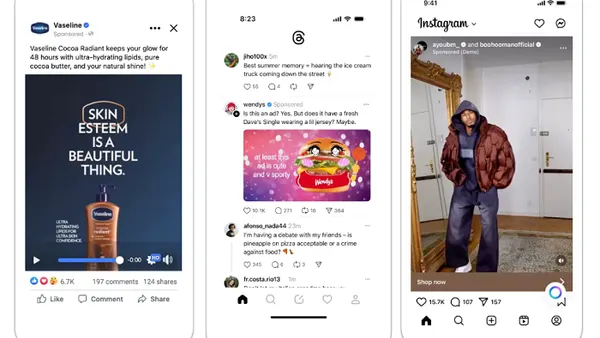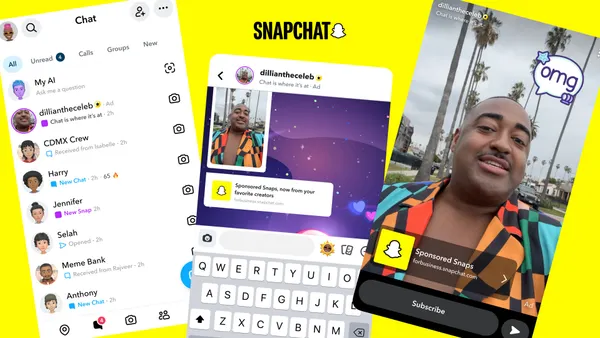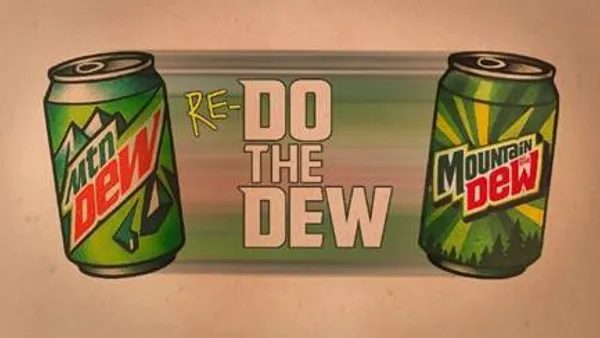Brief:
-
A Michigan Office of Highway Safety Planning campaign that immersed viewers in a 360-degree video to warn against the perils of drunk driving saw 88% video completion rates — 40% higher than the industry average — according to a news release provided to Mobile Marketer. The "Do a 360" ad showed people enjoying a night out at a bar and prompted viewers to consider that one of the bar patrons drives home drunk and kills a family,
-
The 360-degree video lets mobile users tilt their device in any direction to move around, explore the bar and immerse themselves in the dire consequences of impaired driving. Desktop viewers tap left or right for the same level of interaction. The video ends by urging viewers to "Do a 360" by making a plan, assessing the surroundings and avoiding drunk driving to get home safely.
-
Adtech firm AdTheorent and marketing agency Brogan & Partners developed the campaign for Michigan as part of the statewide "Drive Sober or Get Pulled Over" initiative. The ads were targeted at males ages 21 to 34 on smartphones, tablets and desktop computers.
Insight:
While it's too early to tell if Michigan's ad campaign to discourage drunk driving has had any effect on reducing the state's alcohol-involved traffic fatalities — there were 274 last year, along with 32,610 drunk driving arrests — the viewership metrics look very favorable and demonstrate the power of bleeding-edge mobile formats in grabbing an audience's attention. The effort echoes a similar one created by the spirits brand Johnnie Walker from August that used virtual reality (VR) to give viewers a first-hand POV on a fatal drunk driving crash.
AdTheorent said campaign engagement was strong on several platforms: on smartphones, it was 25% higher than the industry average; on tablets, it was 12% higher, and on desktop, it was 100% higher. Secondary engagement was also strong at 8.65%, with the users averaging more than 7 seconds in the interactive ad unit. More than 93% of users who started watching the video viewed at least 75% of it. AdTheorent used machine learning models to help predict the highest likelihood of reaching its target audience of young male adults.
360-degree video is quickly becoming a part of more marketers' toolboxes as an accessible, "lite" form of VR. It often doesn't require specialized equipment to create or view, making it an appealing alternative.
Among video formats, advertisers and publishers expect 360-degree video (62%) to be the top revenue driver in 2017, according to a study by AOL. More than half of consumers (52%) watch 360-degree videos once a week or more, the study found. In addition, 70% of advertisers said "there is a place for VR in the digital video marketplace."











